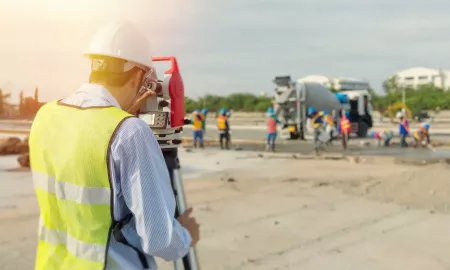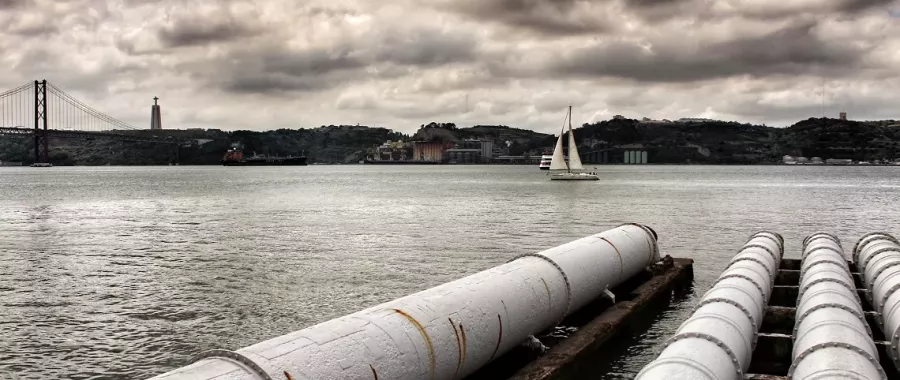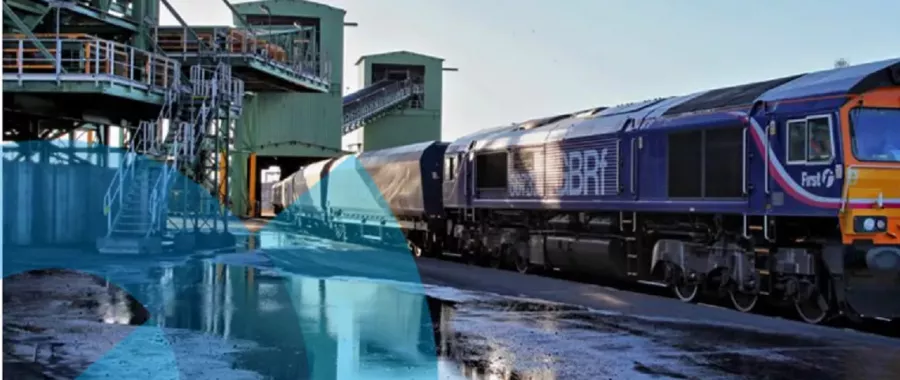Managing environmental pollution is a legal requirement, part of your corporate responsibility and a cost-saving opportunity for businesses too.

Trade effluent and discharging waste water can be a costly necessity for organisations, but correctly managing and monitoring your industrial waste water can save money and minimise your impact on the environment.
Not forgetting, of course, that those in England and Wales must meet the regulations given in the Water Resources Act (1991), the Water Industries Act (1991) and the Environment Act (1995). Scotland, too, must adhere to Section 26 of the Sewerage (Scotland) Act 1968 to control effluent which discharges to a public sewer, as well as the Water Industry (Scotland) Act 2002 and Water Resources (Scotland) Act 2013.
Environmental hazards and risks
On any site, environmental hazards can be split into two types:
Historical activity, which refers to past use of the site where previous activities can still pose a risk to the environment. For example, on a rail depot, oil spillages from years gone by – back when environmental monitoring was not considered necessary – can still be trapped and accumulate in the ground and redundant parts of drainage systems, thereby affecting the quality of the final effluent discharge.
Current or recent activity, which can present environmental risks through a number of different processes including: cleaning, fueling, storing of chemicals and servicing equipment or vehicles. As these are non-domestic processes, generation of any waste water or discharge from these activities will be classed as trade effluent.
Site risk assessments can identify activities on site that can affect groundwater and discharges to sewers or surface drains. Identifying and using the right drain for the right discharge is fundamental to avoid contaminating controlled water sources with trade effluent.
Equally, understanding the risks posed by on-site operations is important, as those risks can cause an impact on the environment. Some common examples include:
Fuel is often stored in steel tanks, prone to corrosion and pipe failure. Leakages can go undetected, and great care is required for offloading. In the rail and transportation industry, it is common for small quantities of diesel fuel – or engine coolant - to be spilled during servicing, which can contaminate the surrounding area.
Cleaning is another activity that often produces large volumes of effluent. Certain cleaning chemicals can be hazardous to the environment if spilled or stored incorrectly. Not using the cleaning products at the correct strength can also lead to environmental harm when the waste water from the cleaning process is discharged.
Monitoring programmes can support activities like these – and/or accidental contamination events - to ensure the discharged waste water meets consent guidelines and identifies when to take remedial action.
Consents will restrict the daily volume and maximum discharge rate for effluent, as well as limits for a range of chemical parameters. Not complying with the specified limits such as pH, suspended solids, oil content and Chemical Oxygen Demand (COD) is a legal offence.
So how can you improve the quality of your trade effluent, and go beyond compliance?
Having the right processes and procedures in place can support in minimising the trade effluent discharged to drain. With environmental monitoring alongside this, laboratory testing of collected samples is one way to ensure that you are on the right tracks. By comparing analytical results with the limits laid out by the consent issuer, you can ensure the effluent discharge complies with the permitted conditions.
With the right prevention and treatment techniques in place, effluent can be managed to improve the quality of water being discharged to surface water or sewer networks.
Comply with your Consent to Discharge - download our infographic
Prevention and segregation
Preventing oil or other contaminants from entering the drains is the first stage of risk management. Using drip trays and absorbent materials can reduce the amount of fuel from spillages entering the drains. Likewise, collection sumps are sometimes used to hold additional capacity of effluent, should there be a large spillage. These types of measures are most relevant in the rail, transport and manufacturing sectors.
Routine vehicle servicing can also generate large amounts of waste oils and coolants. The importance of segregating this high risk waste can vastly reduce the impact on trade effluent discharge quality as treatment systems are designed to treat occasional drips and minor spills rather than large quantities of contaminants. As such, a proper segregation and off-site specialist disposal regime is needed for such wastes.
It is especially important to prevent coolants entering drainage systems as common treatment systems are unable to treat such contamination and coolants have a substantial effect on the final Chemical Oxygen Demand of trade effluent.
Treatment
One example of treatment is passing the effluent through a series of settlement tanks before discharging the effluent to the receiving sewer.
An oil-water separator – or interceptor – can support sites that have a risk of oil contamination. Interceptor design and effectiveness can have a big impact on the trade effluent volume and quality being discharged. Depending on the type of activity, interceptors can range from one chamber to complex effluent treatment plants:
- Simple one, two or three chamber underground interceptors
- Class 1 and Class 2 Klargester/SPEL underground interceptors
- Above ground Tilted Plate Interceptors
- Settlement chambers (usually for wash plants)
- Simple interceptors – on varying size scales – should reduce certain contaminants in the effluent with solids settling to the bottom and free oil rising to the top. Swan neck outlets allow water only to flow out of the interceptor, retaining oil and solids in the tank. As expected, two or three chambers are more effective than single chamber interceptors.
Pumped separation methods act similarly, but do not rely on gravity to complete the separation process. Tilted plate interceptors use parallel plate technology to increase the efficiency of oil separation. The rising oil hits the underside of the tilted plate, which then slides up the plate and collected at the top. Suspended solids slide down the plate to the base.
A proper routine maintenance regime for all interceptor systems is key to ensuring the final quality of the trade effluent discharge.
At the final sampling point for effluent monitoring, the effluent sample should be visibly free of oil and should have no visible solids content. This is a simple visual check that can reinforce good practice is being made but taking the correct and proper steps for environmental monitoring can provide some assurances to organisations that they are working within the legal constraints of their permits, as well as minimising environmental harm.
If you would like to find out more about SOCOTEC’s environmental monitoring service, please get in touch by emailing salesuk@socotec.com or completing the enquiry form.
Want to find out more about SOCOTEC's effluent monitoring services?

You might also like







Add new comment